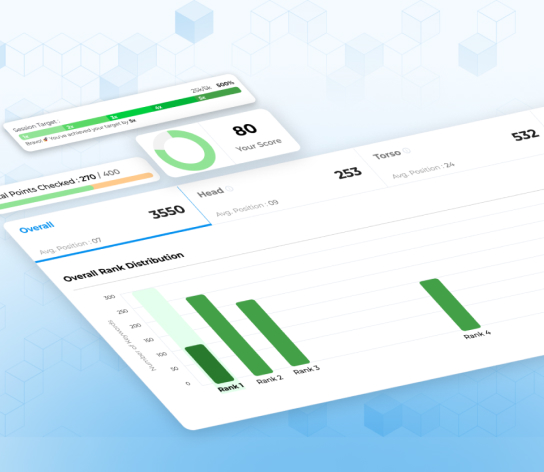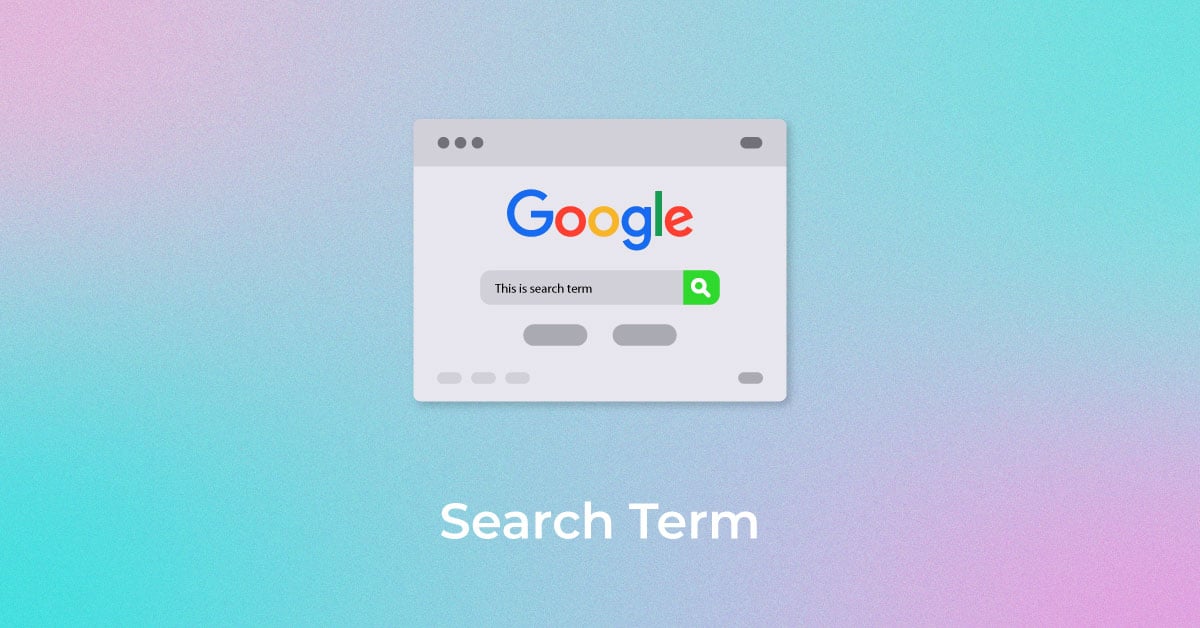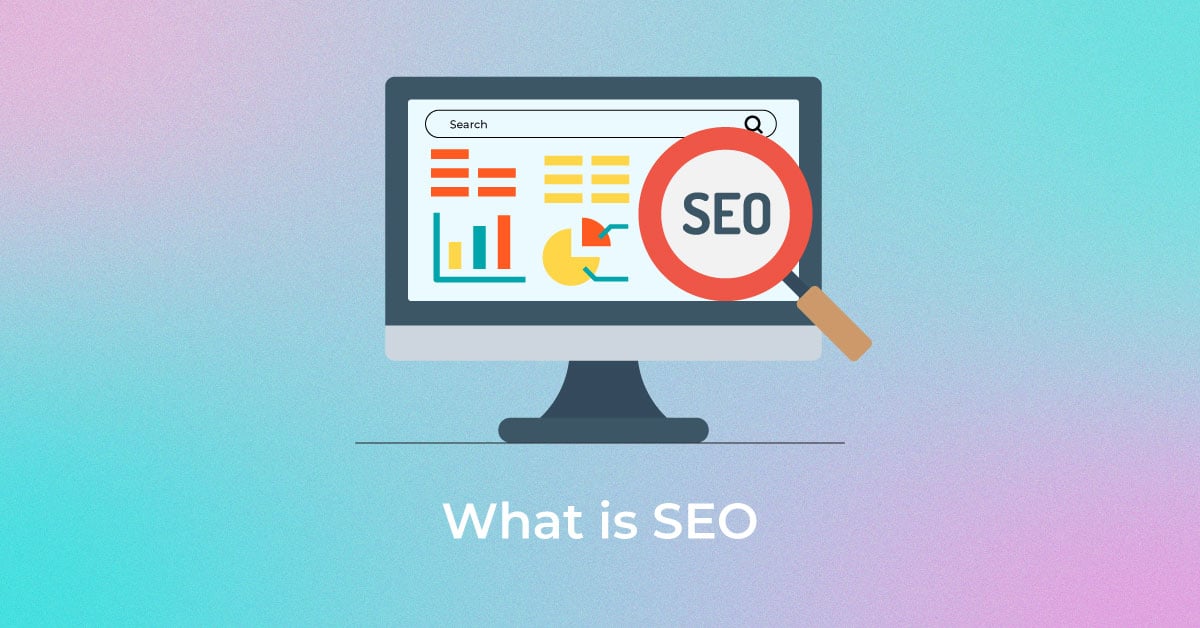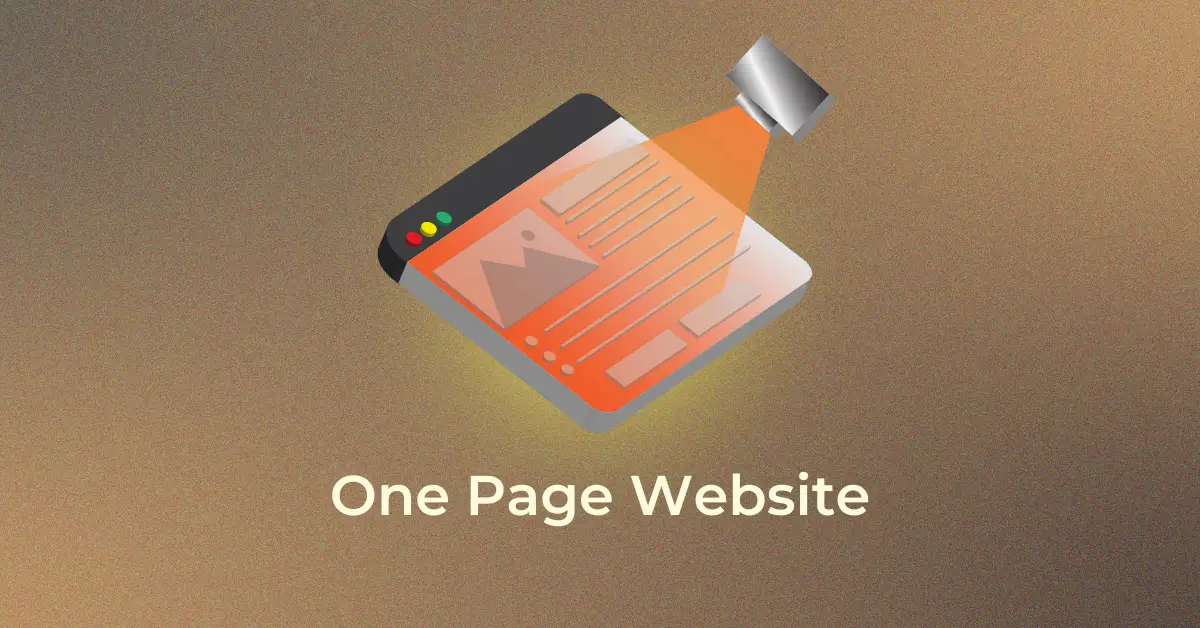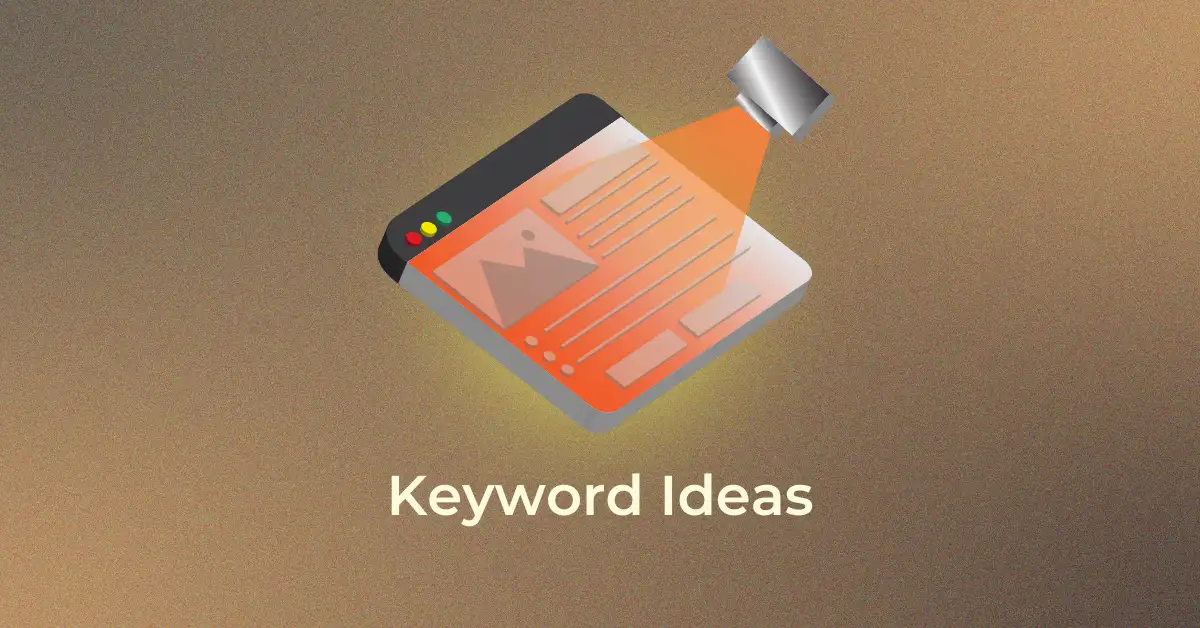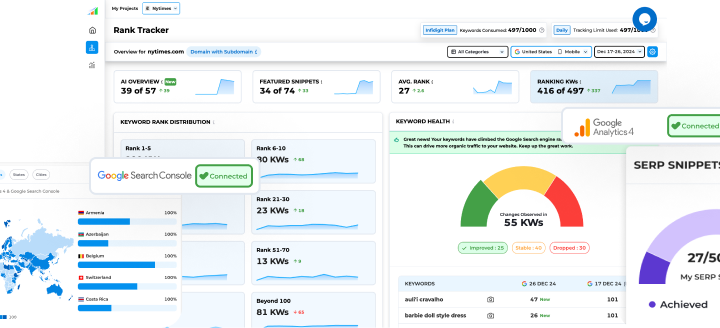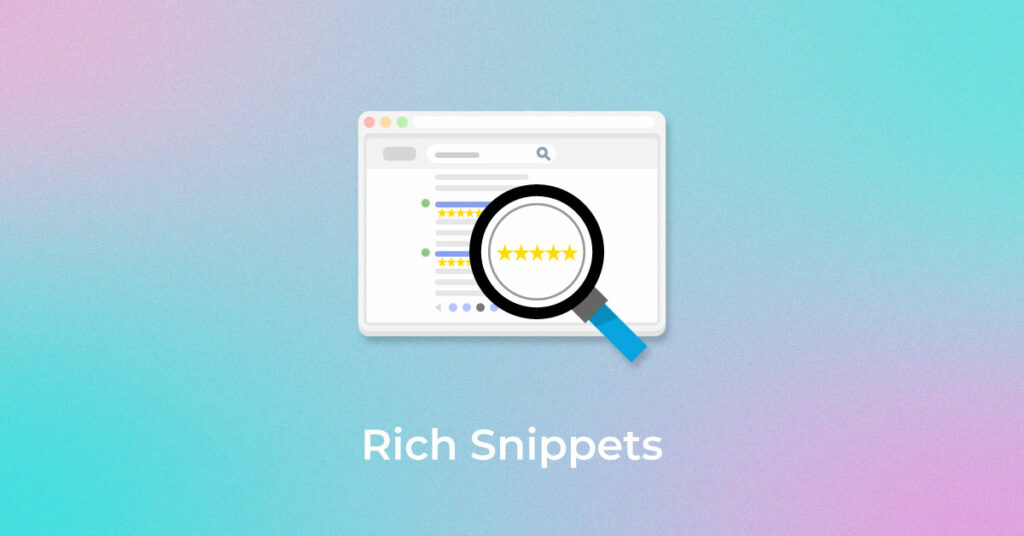Ever noticed search results with star ratings, images, or extra details beneath the title? Those are called Rich Snippets—enhanced search listings that provide more context right on the results page. So, what are Rich Snippets, and why do they matter? In simple terms, a rich snippet in SEO helps your content stand out, boosts click-through rates, and gives users a quick preview of what to expect. If you’ve seen a recipe showing cook time or a product with reviews under the link, that’s a Google Rich Snippet at work. Let’s explore how these snippets function and how you can use them to increase visibility in search results.
What Are Rich Snippets?
Rich snippets, also known as rich results, are enhanced search listings that show extra information like images, ratings, or prices alongside the regular blue link. This additional data is pulled from structured data markup added to a webpage.
So, what are rich snippets in practical terms? They’re small pieces of content displayed under the URL in Google’s search results, giving users a clearer idea of what to expect before clicking. These snippets go beyond the basic title and description to include valuable elements such as reviews, recipe details, product pricing, and more.
Rich Snippet Example:
If someone searches for “ice cream recipes,” rich snippets might show the recipe rating, preparation time, and even a preview image—right in the search result. This not only makes the result more eye-catching but also helps users make quicker decisions.
Using rich snippets SEO techniques can improve your site’s visibility and click-through rate by offering a more engaging search presence.
Unlock higher rankings, quality traffic, and increased conversions through tailored award-winning SEO strategies.
Elevate your web presence by Infidigit’s SEO solutions.
Unlock higher rankings, quality traffic, and increased conversions through tailored award-winning SEO strategies.
Check out this video to know more about Rich Snippets.

Why Are Rich Snippets Important for SEO?
Rich snippets enhance your search listings by adding extra details like ratings, product info, or event dates—giving users a clearer idea of what to expect. They’re more informative and visually appealing than standard snippets, which encourages users to click.
While rich snippets aren’t a direct Google ranking factor, they still play a major role in SEO by:
- Boosting Click-Through Rates (CTR): The added details make your result stand out and more clickable.
- Improving User Experience: Users get relevant information upfront, helping them decide faster and reducing bounce rates.
- Providing a Competitive Edge: Even if you’re not ranked first, a rich snippet can attract more attention than higher listings.
In short, rich snippets don’t improve rankings directly, but they can lead to more clicks, better engagement, and stronger visibility in search results.
Types of Rich Snippets
Now that you’re aware of what are rich snippets, let’s take a look at the various types that you can use:
-
Reviews
You can display customer reviews of the services or products in the snippet to capture the user’s attention.
-
Recipes
Displaying a brief overview of the recipe within the snippets can present the viewer with relevant information for food-related content.
-
Organization
Key points of information about an organization such as their address, contact details, services, etc., can be added to the snippet to provide the viewer with a more holistic view of the organization.
-
How to
Providing the viewers with a brief outlook of “how-to” steps can also generate interest for viewers to open the page.
-
Music
A music-rich snippet displays additional information about the song such as the artist, genre, song/ album release date, record label, active years, and so on.
-
Product Markup
A product snippet displays extra information about a product, like its availability, price, delivery charges, and customer ratings and reviews.
-
Movie
A movie-rich snippet showcases information about a movie’s director, release date, genre, box office net collection, run time, and viewer ratings and upvotes.
-
Events
An event-rich snippet displays extra crucial information such as an event’s time, date, location/ venue, upcoming event dates, and frequency.
-
Top Stories
Top stories rich snippets show results only from the search-engine approved webpages and display features such as the title, the story release date, and eye-catching thumbnails.
-
Video
As search engines cannot crawl and watch videos, their rich snippets highlight the key takeaway of the video, the release date, and attractive thumbnails.
What is the difference between rich snippets and rich results?
The terms rich snippets, rich results, and SERP features are often used interchangeably, but they refer to different aspects of search result enhancements.
Rich snippets are a type of enhanced result that includes additional details—like ratings, images, or product info—pulled from structured data on a webpage. If you’re wondering what are rich snippets in SEO, they are specifically designed to make your organic listings more informative and appealing, increasing click-through rates without affecting your actual ranking.
Rich results is a broader term used by Google to describe any search result with added visual or interactive elements. This includes rich snippets but also covers carousels, knowledge panels, and more.
SERP features refer to all types of enhanced elements on the Search Engine Results Page (SERP), including featured snippets, local packs, image packs, and even ads. These often appear alongside or above standard results.
In short:
- Rich snippets = enhanced organic results using structured data
- Rich results = any enriched result (including rich snippets)
- SERP features = all special elements on the search results page
Understanding these differences is key to optimizing your content for better search visibility.
When do rich snippets appear?
Rich snippets appear when Google or other search engine result pages (SERPs) finish crawling your webpage, understand your content, and find it relevant for users. It takes around two to twelve weeks for a rich snippet to appear, but if you strike all the right cords, they can appear within a few days.
How do rich snippets and Google rich snippets boost SEO?
Rich snippets have a positive effect on boosting SEO and SEO page results. The underlying principle is straightforward. The more relevant your structured data and rich snippet is to the target user/ reader/ viewer, the higher the chances of Google recognizing it as useful and pushing up its rankings. SERPs like Google value structured and concise descriptions of your content/ data and recognize it faster. If your content is text-heavy and unstructured, Google has a hard time figuring out the main crux of the data and what it has to offer to users. In such verbose, scattered data, Google pulls bits of data from the entire content and turns portions it finds relevant into a snippet that looks plain and boring, for a better lack of words. But if your snippet is rich and has items like a thumbnail, reviews, ratings, whereabouts, and more details, the chances of it getting noticed and clicked on by viewers is higher.
How to Get Rich Snippets?
Getting rich snippets SEO might seem like a complex process, but if you break it down, it is simple:
Identify the right rich snippet from your content to display
The first step in creating a rich snippet is identifying the rich snippet category your content matches. Check to see if your content is eligible for a search result enhancement. You can use Google’s Structured Data Markup Helper tool to define your webpage content or carry out a search for Google’s list of eligible or common case Google rich snippets. The Structured Data Markup Helper tool helps you understand the data type your content falls into. The most common data categories include:
- Articles
- Reviews
- Movies/ TV series/ episodes/ music
- Events
- Recipes
- Job listings/ postings
- E-commerce websites/ products
- Local businesses
- FAQs
- Restaurants/ cafes/ eateries
- Data sets/ software applications
That said, not every type of content qualifies to be a rich snippet. For instance, if you are searching for the best keyword research tools, you would not need anything besides a well-written title, meta description and URL. For such content, images and thumbnails might not be of any use. But the core features, subscription prices, and reviews and ratings might. What you need to remember is that after identifying the type of data and structuring it, you can leave Google to identify and give it the ranking position it deserves.
Structure these snippets and make them more eye-catching
Once you’ve identified the appropriate rich snippet type for your content, the next step is to structure the data using schema markup. Structured data helps Google understand your content by breaking it into labeled elements that can be easily processed and displayed as rich snippets.
Instead of writing content in long paragraphs, structure it with defined data fields such as:
- Dish: Chicken Fry
- Ingredients: Garlic paste, curd, red chili powder, turmeric
- Prep Time: 10–30 minutes
- Cook Time: 15 minutes
- Serves: Four
- Ratings: 4.5/5
- Votes: 150+
…makes it easier for search engines to interpret and showcase it meaningfully in the search results.
To simplify this process, you can use the Infidigit Schema Generator — a user-friendly tool that helps you create accurate and SEO-compliant schema markup for your content. The tool supports multiple schema types and ensures your structured data is aligned with Google’s latest guidelines. Once generated, the code can be added directly to your website’s CMS or HTML.
Implementing structured data correctly increases your chances of earning rich snippets and standing out in search results.
Add Structured Data to Your Pages
To qualify for rich snippets, you need to implement structured data on your website. This code, typically written in JSON-LD format, helps search engines better understand the content on your pages and display enhanced results in the SERPs.
You can use Schema.org to select the appropriate markup type based on your content, then add it manually or with the help of tools like Google’s Structured Data Markup Helper. Once added, validate your implementation using Google’s Rich Results Test Tool to check for errors. Adding structured data is a key step in improving your rich snippets SEO and increasing your visibility in search.
Verify Markup with Rich Results Test Tool
Once you develop the structured markup, you have to verify whether or not Google can recognize and read your marked-up data. You can use Google’s Structured Data Testing Tool or Rich Results Testing tool from its Webmaster tools to do this. The testing tool will help you understand whether your structured data markup is eligible to appear in a rich snippet or rich result.
Monitor Performance and Fix Errors
After implementing structured data, it’s important to monitor its performance and address any issues promptly. Use tools like Google Search Console to track how your rich snippets appear in search results and identify any errors or warnings related to your markup.
Regular monitoring helps you ensure your structured data remains valid and continues to provide value. Fixing errors quickly prevents your rich snippets from being removed or ignored by search engines. Ongoing maintenance is essential for sustaining your rich snippets SEO efforts and maximizing visibility in the long term.
How do rich snippets and Google rich snippets boost SEO?
Rich snippets have a positive effect on boosting SEO and SEO page results. The underlying principle is straightforward. The more relevant your structured data and rich snippet is to the target user/ reader/ viewer, the higher the chances of Google recognizing it as useful and pushing up its rankings. SERPs like Google value structured and concise descriptions of your content/ data and recognize it faster. If your content is text-heavy and unstructured, Google has a hard time figuring out the main crux of the data and what it has to offer to users. In such verbose, scattered data, Google pulls bits of data from the entire content and turns portions it finds relevant into a snippet that looks plain and boring, for a better lack of words. But if your snippet is rich and has items like a thumbnail, reviews, ratings, whereabouts, and more details, the chances of it getting noticed and clicked on by viewers is higher.
Best Practices to Optimize for Rich Snippets
Optimizing your content for rich snippets involves a combination of technical accuracy and content clarity. Follow these best practices to improve your chances of appearing in enhanced search results:
- Choose the right snippet type: Identify which rich snippet (e.g., product, review, FAQ) best fits your content.
- Use proper structured data: Implement the correct schema markup using JSON-LD, as recommended by Google.
- Focus on high-quality content: Ensure your content is clear, relevant, and answers user intent directly.
- Follow Google’s guidelines: Adhere to the structured data policies to avoid penalties or markup issues.
- Test your markup: Use the Rich Results Test tool and Google Search Console to catch and fix any errors.
By combining well-structured code with valuable content, you enhance your rich snippets SEO strategy and improve your visibility in search results.
Tools to Generate and Test Rich Snippets
Using the right tools can simplify the process of creating and validating rich snippets on your website. These tools help you generate structured data, test its accuracy, and monitor performance in search results.
Here are some reliable tools to assist with rich snippets SEO:
- Google’s Structured Data Markup Helper – Helps you create schema markup by tagging elements on your webpage.
- Schema.org – A reference site for finding the right structured data types and properties.
- Rich Results Test Tool – Offered by Google to test your markup and check eligibility for rich snippets.
- Google Search Console – Monitors how your structured data performs in search and flags any issues.
- Merkle’s Schema Markup Generator – A user-friendly tool to generate clean JSON-LD structured data.
These tools make it easier to implement, validate, and manage rich snippets for better visibility and engagement in search results.
Final Thoughts
Rich snippets are a powerful way to enhance your website’s appearance in search results and drive more qualified traffic. By adding structured data and following SEO best practices, you can increase your chances of earning these enhanced listings.
They not only make your content more visible but also more engaging, leading to higher click-through rates and better overall performance. Whether you’re sharing product details, reviews, or FAQs, optimizing for rich snippets gives your content a competitive edge.
In short, rich snippets are more than just visual upgrades—they’re a smart SEO strategy worth investing in.
FAQs about Rich Snippets
What are snippets in SEO?
In SEO, snippets refer to the brief description that appears below a website’s link in search engine results. They typically include the page title, URL, and a short meta description. When enhanced with extra information like ratings or images, they become rich snippets.
What is the difference between featured snippets and rich snippets?
Rich snippets are enhanced search results that include extra data—like stars, prices, or images—pulled from structured data on a webpage. Featured snippets, on the other hand, appear at the top of search results in a special box and directly answer a user’s query. These are chosen by Google and don’t rely on structured data.
How long does it take for rich snippets to appear in Google?
There’s no fixed timeline. Once you’ve implemented structured data correctly, it can take a few days to several weeks for Google to recognize and display rich snippets. Indexing speed, crawl frequency, and content quality all play a role.
Can I get rich snippets without using Schema markup?
In most cases, no. Schema markup, also known as structured data, is the key requirement for enabling rich snippets. It helps Google understand your content better and determines if it qualifies for enhanced search display. Without schema, your content will appear as a regular snippet with limited visibility.
What are Google Snippets?
Google snippets refer to the search result previews shown on a SERP. These can be:
- Standard snippets: Basic title, URL, and meta description.
- Rich snippets: Enhanced with additional information from structured data.
- Featured snippets: Highlighted answers shown at the top of the page.
Each type helps users quickly determine which link is most relevant to their query.
Are rich snippets guaranteed to appear in search results?
No, rich snippets are not guaranteed—even with valid structured data. Google uses many signals to decide whether to display them, including content quality, relevance, and whether the data aligns with its guidelines. Proper implementation increases your chances, but the final decision lies with Google’s algorithm.
What is a Rich Snippet Testing Tool, and why is it important?
A Rich Snippet Testing Tool is used to check whether your structured data is properly implemented and eligible to appear as a rich snippet in Google Search. These tools help identify any issues with your markup and offer suggestions for improvement. A commonly used tool is Google’s Rich Results Test, which shows how your page might appear in search results and flags any errors that could prevent rich snippets from showing. Using such tools ensures your content is optimized for better visibility and click-through rates.
Popular Searches
How useful was this post?
0 / 5. 0


